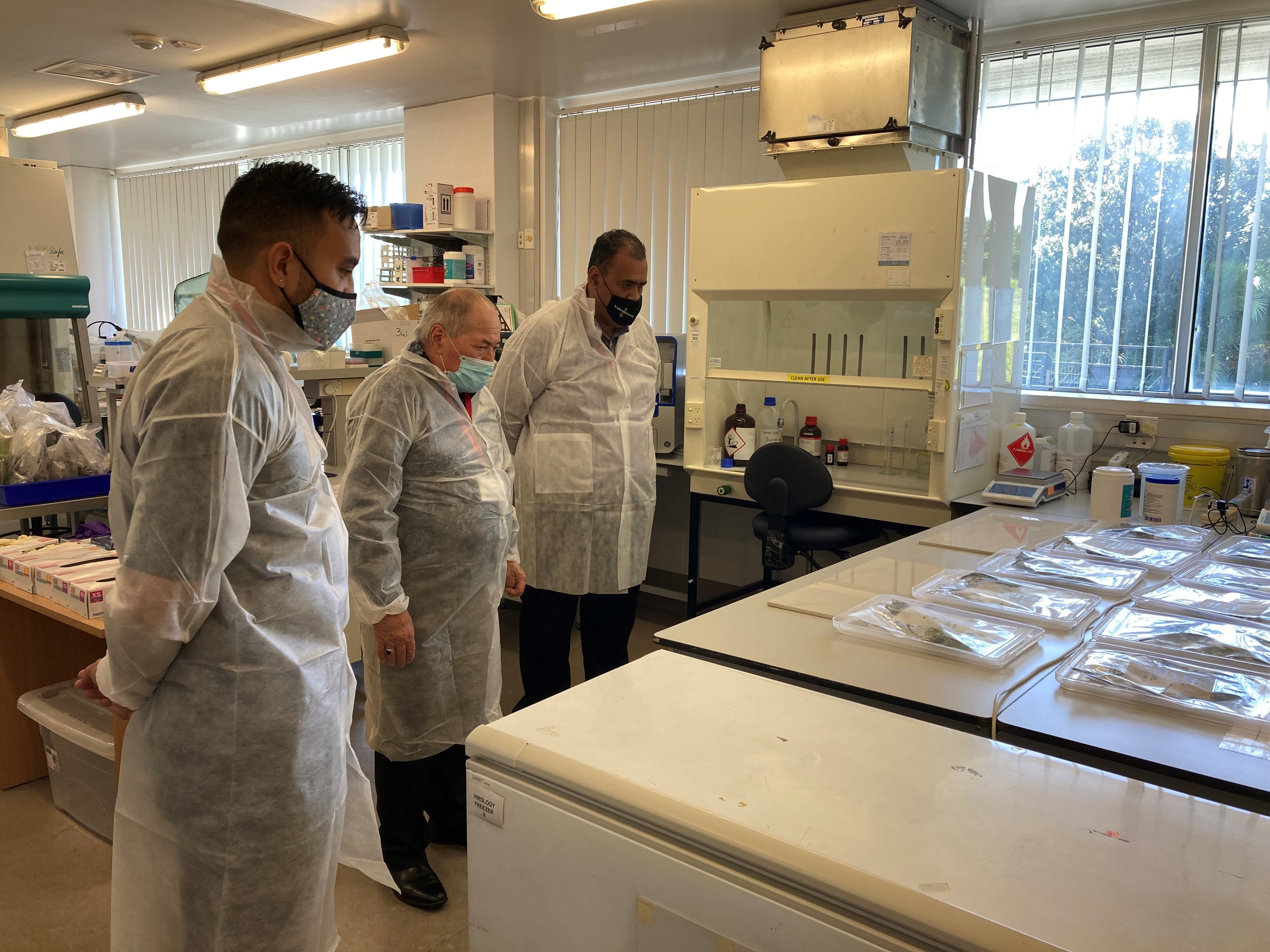Seen something unusual? MAKE A REPORT
Seen something unusual? MAKE A REPORT

Samples of indigenous plant taonga for use in Better Border Biosecurity (B3) research projects on Xylella fastidiosa have been repatriated into containment in New Zealand.
The samples come from native plants such as pōhutukawa and kauri growing in California – where the pathogen is widespread - and are suspected of being infected with Xylella. They will play a key role in B3 research projects on risk, new genomic diagnosis methods, and the likely impact if the devastating pathogen enters New Zealand.
A ceremony, or Whakatau, was recently held to acknowledge the samples return home from America to their ancestors. B3 Pourangahau Alby Marsh said the Whakatau represented a step in recognising Te Ao Māori and integrating tikanga in B3’s research programme. Read more about the ceremony.
Kiwifruit is not a known host for Xylella, however, we do not know the extent of the detriment that it could cause if we found it in New Zealand. There is still a lot to learn about the ever-evolving bacterium.
KVH represents the kiwifruit industry on a national Xylella Action Group (XAG), formed to advance readiness in New Zealand. The Group includes the Ministry for Primary Industries (MPI) and other key industries. A recent literature review was a product of this collaboration and gave insight for industries to better forecast potential impacts should Xylella make its way here. By continuing to keep Xylella on our industry’s risk register and by actively taking part in the XAG, we can improve our collective readiness and mitigate the risk.
What can you do? At this stage the best thing growers can do is keep up good biosecurity practices, including monitoring crops for unusual symptoms and reporting any finds through to KVH on 0800 665 825.
Image: Karakia by Ministry for Primary Industries (MPI) kaihautū Waata Papali’i-Smith, Waitai Petera, and Kapiera Peita in the presence of plant taonga.

KVH investigates reports of unusual symptoms to identify and manage any biosecurity risks.
The KVH portal is now the Zespri Weather & Disease Portal. Access all the weather tools you're familiar with.
